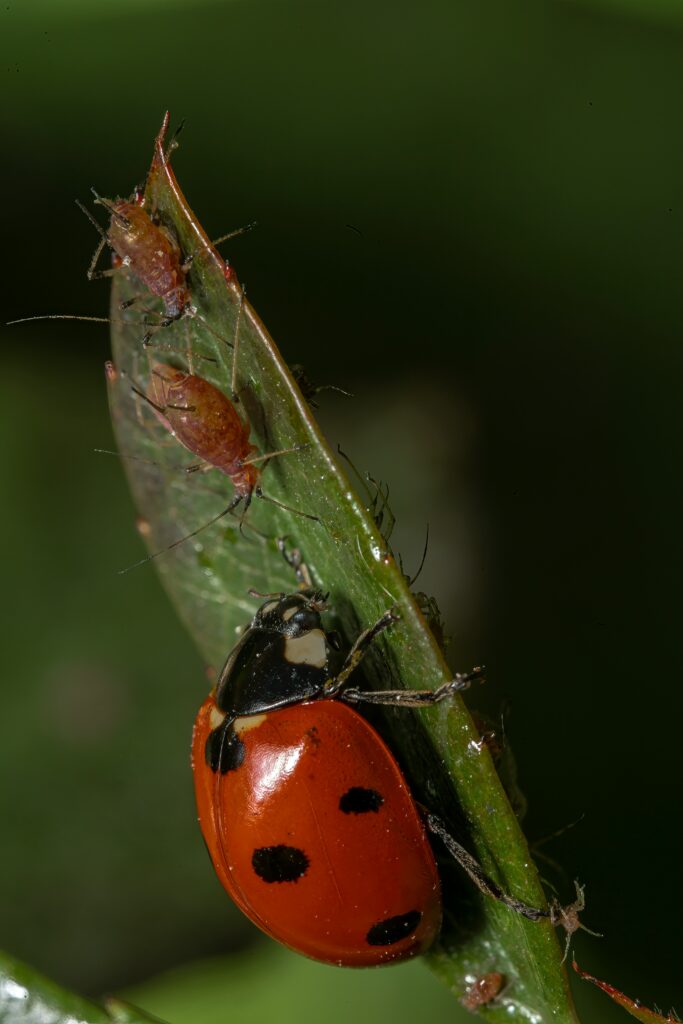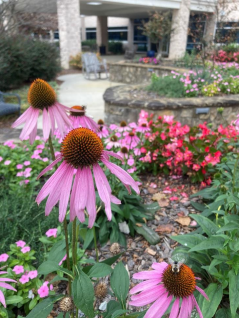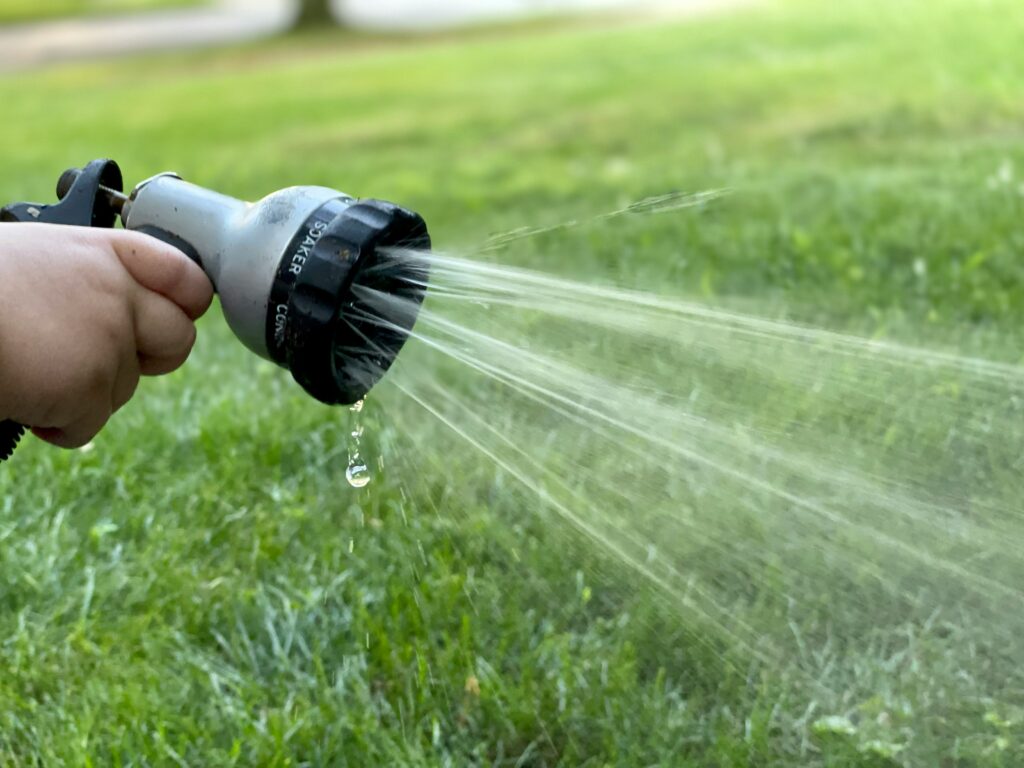August: Safe Pest and Disease Management Practices
go.ncsu.edu/readext?1072836
en Español / em Português
El inglés es el idioma de control de esta página. En la medida en que haya algún conflicto entre la traducción al inglés y la traducción, el inglés prevalece.
Al hacer clic en el enlace de traducción se activa un servicio de traducción gratuito para convertir la página al español. Al igual que con cualquier traducción por Internet, la conversión no es sensible al contexto y puede que no traduzca el texto en su significado original. NC State Extension no garantiza la exactitud del texto traducido. Por favor, tenga en cuenta que algunas aplicaciones y/o servicios pueden no funcionar como se espera cuando se traducen.
Português
Inglês é o idioma de controle desta página. Na medida que haja algum conflito entre o texto original em Inglês e a tradução, o Inglês prevalece.
Ao clicar no link de tradução, um serviço gratuito de tradução será ativado para converter a página para o Português. Como em qualquer tradução pela internet, a conversão não é sensivel ao contexto e pode não ocorrer a tradução para o significado orginal. O serviço de Extensão da Carolina do Norte (NC State Extension) não garante a exatidão do texto traduzido. Por favor, observe que algumas funções ou serviços podem não funcionar como esperado após a tradução.
English
English is the controlling language of this page. To the extent there is any conflict between the English text and the translation, English controls.
Clicking on the translation link activates a free translation service to convert the page to Spanish. As with any Internet translation, the conversion is not context-sensitive and may not translate the text to its original meaning. NC State Extension does not guarantee the accuracy of the translated text. Please note that some applications and/or services may not function as expected when translated.
Collapse ▲Safe Ways to Manage Pests and Diseases in the Summer Therapeutic Horticulture Garden
Therapeutic horticulture gardens offer a space for healing and growth, and managing pests and diseases safely is crucial for the well-being of both the plants and the people who enjoy them. Summer brings its own set of challenges, but with prevention and Integrated Pest Management (IPM) practices, you can maintain a thriving garden.
As the saying goes, an ounce of prevention is worth a pound of cure. Building a strong and resilient garden from the start is your first line of defense.
Healthy Soil, Happy Plants: Healthy soil is teeming with beneficial microorganisms that can help plants resist diseases and even some pests.
- Composting is Key: Incorporate plenty of compost into your garden beds. It improves soil structure, drainage, and nutrient availability, leading to stronger, more vigorous plants.
- Soil Testing: Periodically test your soil to understand its pH and nutrient levels. Amend as needed with organic materials, and follow the recommendations from your soil test. Your local Cooperative Extension office has test kits and can help you interpret the results.
- Avoid Over-Compaction: Compacted soil restricts root growth and water infiltration, stressing plants and making them more susceptible to problems.
Right Plant, Right Place: Choosing plants that are well-suited to your local climate, soil type, and sunlight conditions is crucial. Stressed plants are more vulnerable.
- Disease-Resistant Varieties: When selecting seeds or seedlings, look for varieties specifically bred for resistance to common local diseases.
- Consider Native Plants: Native plants are often better adapted to local pests and diseases.
Spacing Matters: Proper spacing between plants ensures good air circulation. This helps leaves dry quickly after rain or watering, reducing the risk of fungal diseases. It also makes it harder for pests to jump from one plant to another.
Water Wisely: Know your watering techniques to avoid undue stress on plants.
- Water at the Base: Avoid overhead watering, which can splash soilborne diseases onto leaves and create humid conditions that favor fungal growth.
- Water deeply and less frequently: This encourages deep root growth, making plants more drought-tolerant and resilient.
- Morning Watering: If you do need to water, do it in the morning so leaves have time to dry before nightfall.
Early Detection and Action: Monitoring Your Garden
Becoming a keen observer of your garden is essential for catching problems early when they are easier to manage.
- Regular Walk-Throughs: Make it a habit to inspect your plants at least a couple of times a week. Look closely at both the upper and lower surfaces of leaves, stems, and flowers. Take pictures of healthy plants as well as problems you find, and encourage TH participants to do the same.
- Know What’s Normal: Familiarize yourself with the typical appearance of your plants so you can easily spot anything unusual, like discolored leaves, spots, holes, or sticky residues. Your healthy plant photos will help with this.
- Use a Hand Lens: A small magnifying glass can help you identify tiny pests like spider mites or the early stages of disease.
Targeted and Gentle Control Methods
When you do find a problem, start with the least invasive methods first.
- Hand-Picking: For larger pests like caterpillars, slugs, and Japanese beetles, simply picking them off the plants and disposing of them can be very effective, especially for small infestations.
- Squishing: Aphids and other soft-bodied insects can often be controlled by squishing them between your fingers (wear gloves if desired!).
- Pruning Affected Areas: If you spot a diseased leaf or stem, prune it off immediately and dispose of it (don’t compost diseased material). This can prevent the spread of the problem.
- Water Spray: A strong jet of water from a hose can dislodge aphids, spider mites, and other small pests. Repeat as needed.
- Barriers and Traps:
- Row Covers: Lightweight fabric covers placed over hoops can protect vulnerable plants from flying pests.
- Sticky Traps: Yellow sticky traps can attract and capture flying insects like aphids and whiteflies. Blue sticky traps can be effective for thrips.
- Slug Traps: Shallow dishes filled with beer can lure and drown slugs.
- Physical Barriers: Copper tape around pots can deter slugs and snails.
Biological Allies: Encouraging Beneficial Insects
Your garden can become a haven for beneficial insects that prey on common pests.
- Attract Ladybugs: These voracious predators love to eat aphids. You can attract them by planting dill, fennel, and other members of the carrot family.
- Welcome Lacewings: Lacewing larvae are also excellent aphid predators. Plant cosmos, dill, and yarrow to attract them.
- Avoid Broad-Spectrum Pesticides: These kill both the bad insects and the good insects, disrupting the natural balance of your garden.
When Chemicals are a Last Resort: Choosing Wisely
If non-toxic methods aren’t sufficient, choose the least harmful options and use them judiciously.
- Insecticidal Soap: This works by disrupting the outer layer of soft-bodied insects. It’s generally safe for beneficial insects if applied carefully and directly to the pests.
- Horticultural Oil (Neem Oil): This can smother soft-bodied insects and also has some antifungal properties. Apply in the early morning or late evening to avoid leaf burn in hot sun, and avoid spraying when beneficial insects are active.
- Bacillus thuringiensis (Bt): This naturally occurring bacterium is effective against certain caterpillars and other leaf-eating larvae. Different strains of Bt target different pests, so choose the right one. It is generally considered safe for beneficial insects and pollinators when applied correctly, but can take several growing seasons to affect populations of insects.







